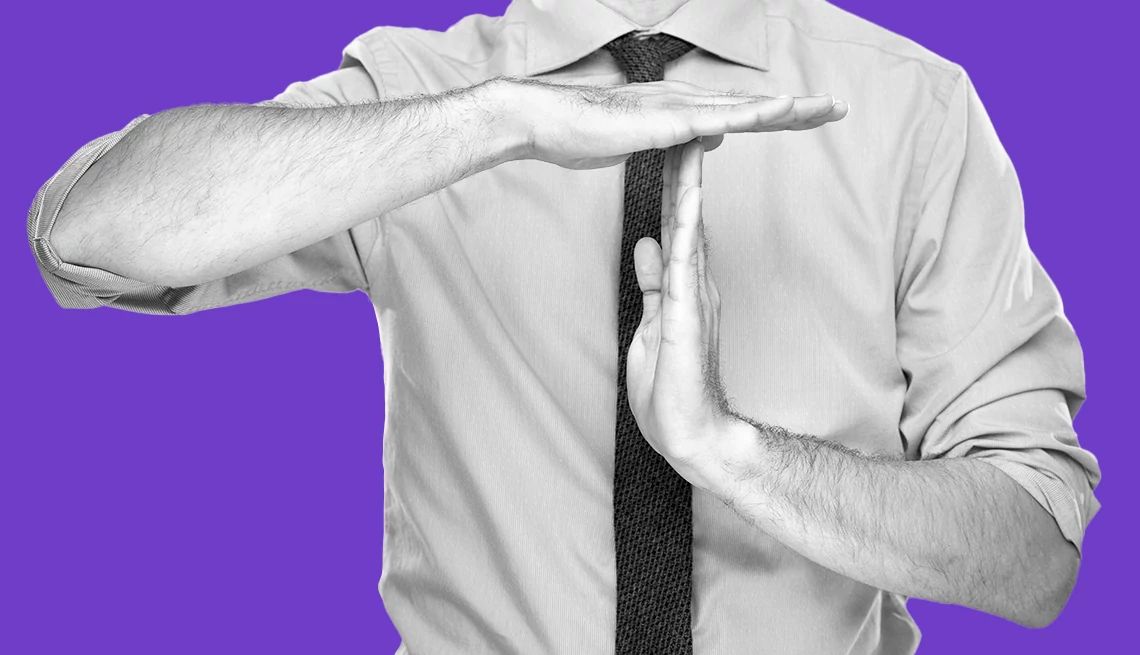AARP Hearing Center
After Minette Norman worked for roughly 30 years in the software industry, her hard work had landed her in the role of global vice president of engineering at a large company. Following her employer’s reorganization, Norman, then 59, says she became a victim of bullying.
“The public bullying started when [my coworker] literally put his hand inches from my face to stop me from answering a question in a meeting and [started] shouting at me to stop speaking,” she says. There were 17 witnesses at that meeting, she says, including human resources representatives.
How to recognize workplace bullying
Workplace bullying is different from rudeness or other poor behavior, because it is a pattern of targeted behavior that escalates, says workplace consultant Paul Pelletier, author of The Workplace Bullying Handbook: How to Identify, Prevent and Stop a Workplace Bully. And it’s not uncommon, adds Pelletier, an attorney who has personal experience with being a target of workplace bullying.
Typical bullying behavior may include repeated and escalating rudeness, withholding necessary information, mockery or ridicule, exclusion or other damaging actions.
A 2021 report by the nonprofit Workplace Bullying Institute found that one in three people have experienced bullying in their jobs and 19 percent have witnessed it. Research from job search website Monster found the situation even more dire: Nearly half (47 percent) of those surveyed experienced workplace bullying, and 78 percent witnessed others being bullied. More than half (55 percent) said the pandemic made workplace bullying worse.
Bullying behavior is often rooted in stereotypes and lack of information, says Yiduo Shao, professor of management at the University of Iowa’s Tippie College of Business with a research specialty in aging and the workplace. Bullies may make assumptions about an individual based on preconceived notions rather than actual competence at work. “Instead, they are relying on some social membership like age or gender or some other demographic characteristics,” Shao says. Mature adult workers may not realize that there is a stereotype being applied to them — for example, that they’re less tech-savvy or less able to learn new things — or even identify as being an “older worker.” Shao is concerned that the rise in remote work could create more isolation and make bullying worse.


































































